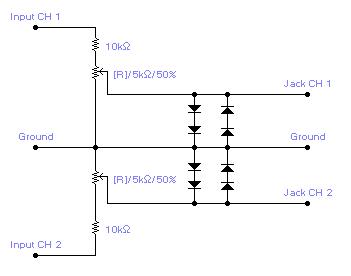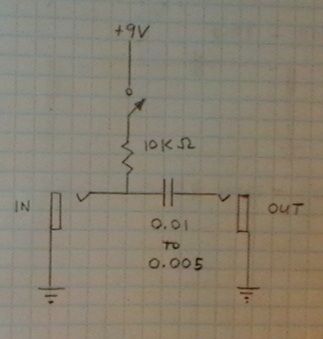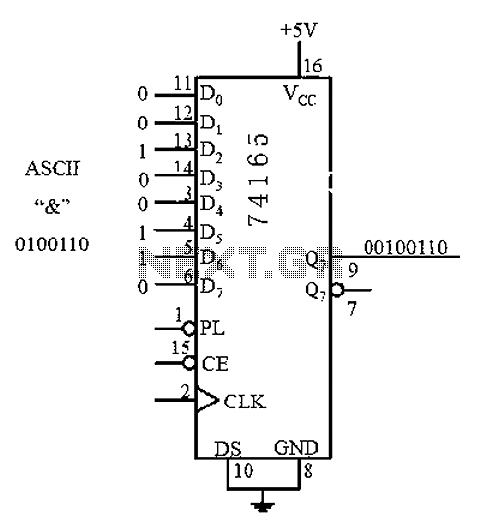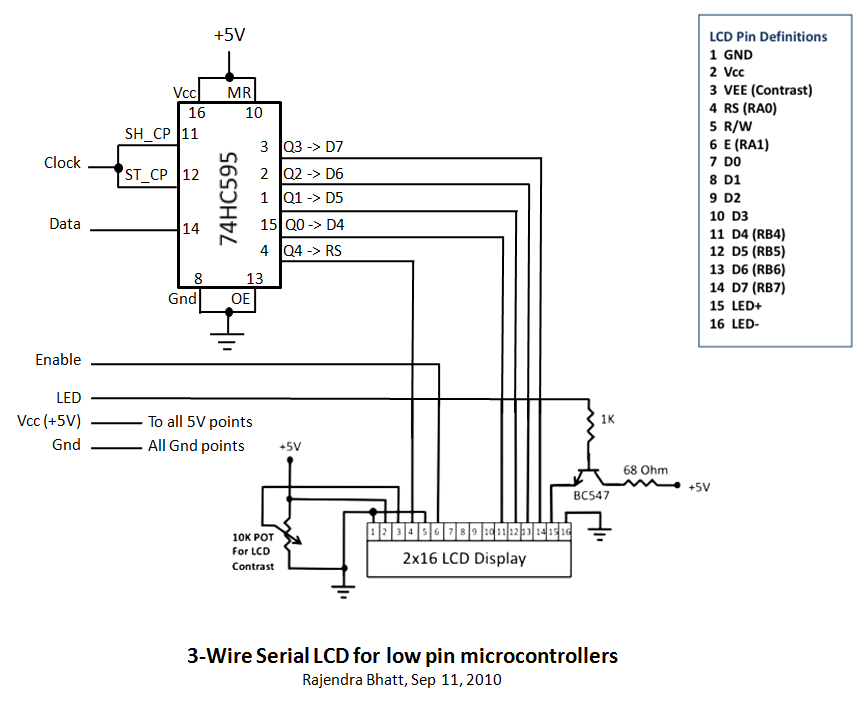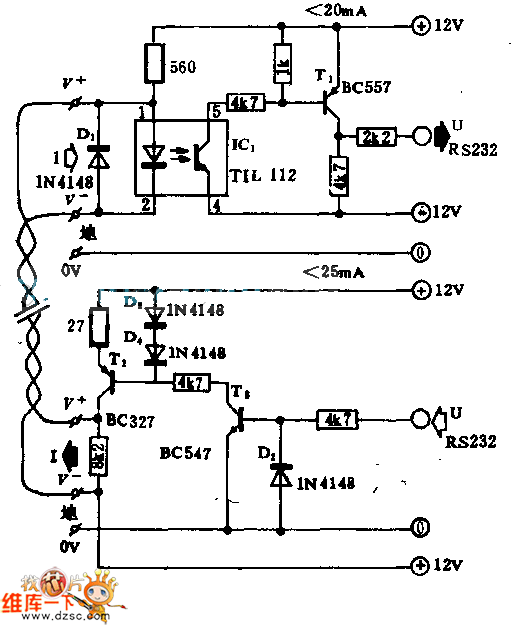
Interface between Ericsson 6xx/7xx phones and a PC
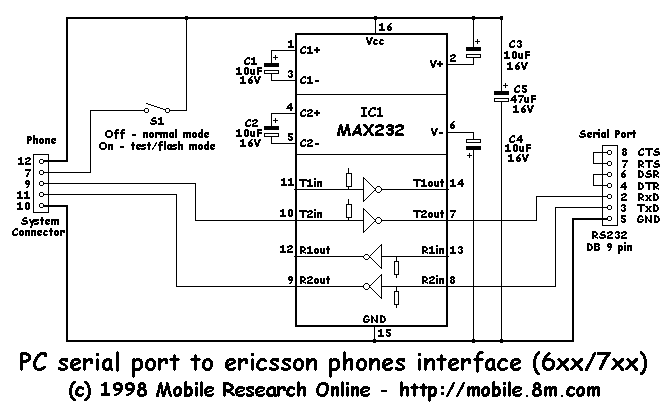
This interface is needed to connect the phone to a PC, because the PC's serial port works with voltage levels between -12 and 12V (RS232 protocol) and the phone operates between 0 and 5V (TTL protocol). Don't even think of connecting your phone directly to the serial port; this would certainly damage your phone and/or the PC serial port! The interface's main component is IC1 - MAX232, a common IC in RS232 - TTL interfaces, with some external components which are needed for the IC to work correctly. The main difference between this and other interfaces is the S1 switch and the phone System Connector. To get more info about the System connector, like pin-out, go to the pin-out page.
The described interface serves as a crucial bridge between devices operating on different voltage levels and communication protocols. The MAX232 integrated circuit is specifically designed to convert signals from TTL (Transistor-Transistor Logic) levels, which range from 0 to 5 volts, to RS232 levels, which can vary from -12 to +12 volts. This conversion is essential for ensuring compatibility between the phone and the PC's serial port, preventing potential damage that could arise from direct connection.
The circuit typically includes the MAX232 IC, which requires a few external components for proper operation, including capacitors that help in voltage conversion and regulation. The MAX232 uses a charge pump to generate the necessary negative voltage for RS232 communication. Commonly, this involves four external capacitors (usually 1µF) connected to specific pins of the IC to facilitate the charge pumping process.
The S1 switch serves a dual purpose in this interface. It can be used to toggle between different operational modes or to enable/disable the connection to the phone, providing flexibility in usage. The phone System Connector is specifically designed to interface with the phone's communication port, and its pin configuration must be adhered to for proper connectivity and functionality. For detailed pin-out information, consulting the pin-out page is essential to ensure correct wiring and avoid misconnection.
Overall, this interface is a practical solution for connecting a phone to a PC while ensuring that both devices operate within their respective voltage and signal requirements, thus maintaining the integrity and functionality of both devices.This interface is needed to connect the phone to a PC, because the PC`s serial port works with voltage levels between -12 and 12V (RS232 protocol) and the phone operates between 0 and 5V (TTL protocol). Don`t even think in conecting your phone directly to the serial port, this would certainly damage your phone and/or the PC serial port!!!
The interface main component is IC1 - MAX232, a common IC in RS232 - TTL interfaces, with some external components wich are needed for the IC to work correctly. The main difference between this and other interfaces is the S1 switch and the phone System Connector.
To get more info about the System connector, like pin.out, go to the pin-out page. 🔗 External reference
The described interface serves as a crucial bridge between devices operating on different voltage levels and communication protocols. The MAX232 integrated circuit is specifically designed to convert signals from TTL (Transistor-Transistor Logic) levels, which range from 0 to 5 volts, to RS232 levels, which can vary from -12 to +12 volts. This conversion is essential for ensuring compatibility between the phone and the PC's serial port, preventing potential damage that could arise from direct connection.
The circuit typically includes the MAX232 IC, which requires a few external components for proper operation, including capacitors that help in voltage conversion and regulation. The MAX232 uses a charge pump to generate the necessary negative voltage for RS232 communication. Commonly, this involves four external capacitors (usually 1µF) connected to specific pins of the IC to facilitate the charge pumping process.
The S1 switch serves a dual purpose in this interface. It can be used to toggle between different operational modes or to enable/disable the connection to the phone, providing flexibility in usage. The phone System Connector is specifically designed to interface with the phone's communication port, and its pin configuration must be adhered to for proper connectivity and functionality. For detailed pin-out information, consulting the pin-out page is essential to ensure correct wiring and avoid misconnection.
Overall, this interface is a practical solution for connecting a phone to a PC while ensuring that both devices operate within their respective voltage and signal requirements, thus maintaining the integrity and functionality of both devices.This interface is needed to connect the phone to a PC, because the PC`s serial port works with voltage levels between -12 and 12V (RS232 protocol) and the phone operates between 0 and 5V (TTL protocol). Don`t even think in conecting your phone directly to the serial port, this would certainly damage your phone and/or the PC serial port!!!
The interface main component is IC1 - MAX232, a common IC in RS232 - TTL interfaces, with some external components wich are needed for the IC to work correctly. The main difference between this and other interfaces is the S1 switch and the phone System Connector.
To get more info about the System connector, like pin.out, go to the pin-out page. 🔗 External reference
